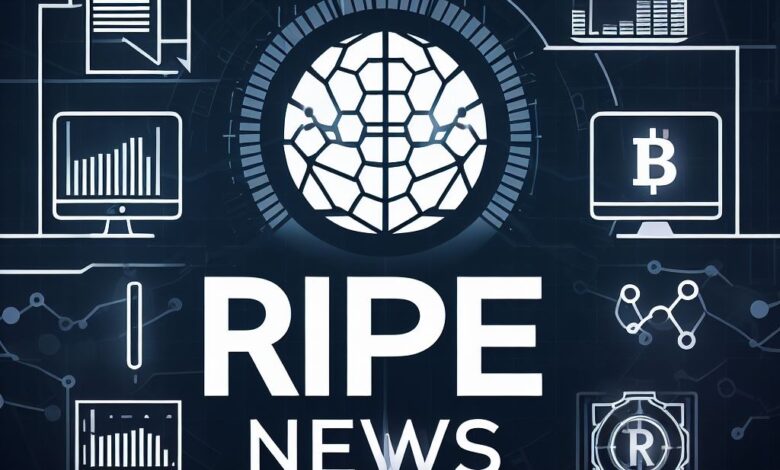AI and Freelance Jobs: Finding the Balance Between Progress and Protection

The integration of artificial intelligence (AI) into the workforce has sparked a debate on its impact on freelance jobs, with recent studies providing contrasting perspectives. While some researchers argue that AI could lead to job losses for freelance workers, others suggest that it can enhance productivity when used as a complement rather than a replacement for human labor.
The Threat to Freelance Workers: Skill Level Not a Safeguard
A recent study has raised concerns about the potential job losses for freelance workers due to AI, challenging the notion that higher-skilled workers are immune to such threats. In fact, the study suggests that workers with advanced skills are more likely to suffer job losses in the face of AI integration.
The findings emphasize the need for increased labor protection for freelance workers, irrespective of their skill levels. As AI continues to advance, there is a growing call for governments to play a proactive role in safeguarding the rights and livelihoods of freelance workers.
AI as a Productivity Booster, Not a Job Replacement
Contrary to the grim predictions of job displacement, a study by the Boston Consulting Group (BCG) reveals a more nuanced perspective. The study indicates that workers using OpenAI’s GPT-4 AI model for specific tasks experience increased productivity. However, challenges arise when AI is tasked with jobs requiring subtle judgment, where human intuition and experience play a crucial role.
The key takeaway is that AI appears to work best when it complements human skills rather than replacing them entirely. The need for a harmonious collaboration between AI and human workers becomes evident, emphasizing the importance of using AI as a tool to enhance productivity rather than a mechanism for job elimination.
The Call for Labor Protection and Ethical AI Usage
In response to the potential threats posed by AI to the job market, there is a growing consensus that labor protection measures need to be strengthened. Rights groups and trade unions are advocating for a balance between technological progress and the safeguarding of workers’ rights.
The executive order from U.S. President Joe Biden, urging AI companies to assess the impact of models like GPT-4 on labor markets, reflects a recognition of the need for a proactive approach. The nonbinding order encourages companies to explore ways the federal government can support and mitigate disruptions to the workforce caused by AI integration.
Elon Musk’s Vision and the Unanswered Questions
The studies challenge the bold predictions of tech magnate Elon Musk, who envisions a future where AI can handle all tasks, rendering traditional jobs obsolete. Musk’s perspective raises important questions about the role of AI in the labor force and its potential impact on unemployment rates.
Read More: Elon Musk’s xAI Introduces Grok to Compete with OpenAI’s ChatGPT
As the debate continues, it remains unclear how AI will affect monetary policy, particularly in terms of wage growth and maximum employment. The pace at which AI takes over jobs, coupled with the government’s response to labor disruptions, will play a pivotal role in shaping the future employment landscape.
In essence, finding the delicate balance between technological progress and the protection of workers’ rights emerges as a pressing challenge for governments, businesses, and society at large in the era of AI integration into the workforce.



